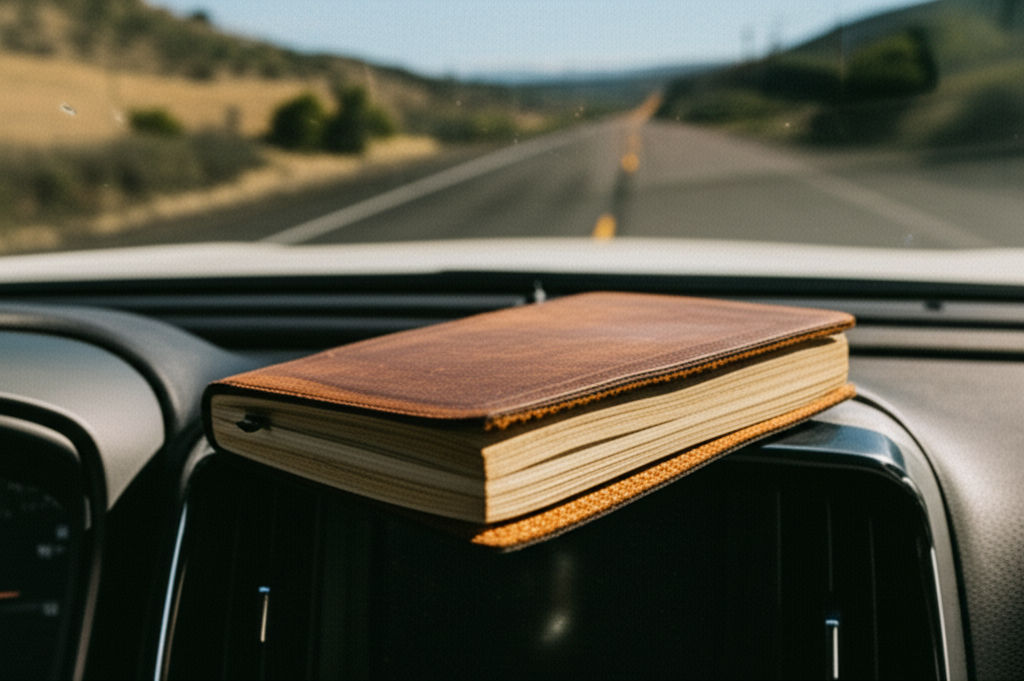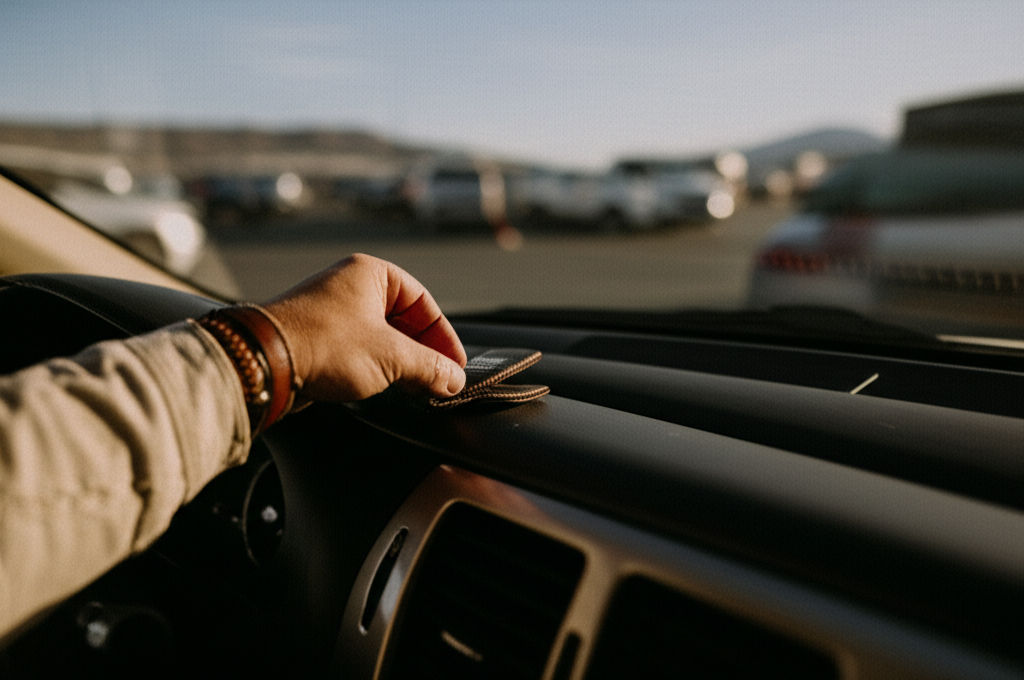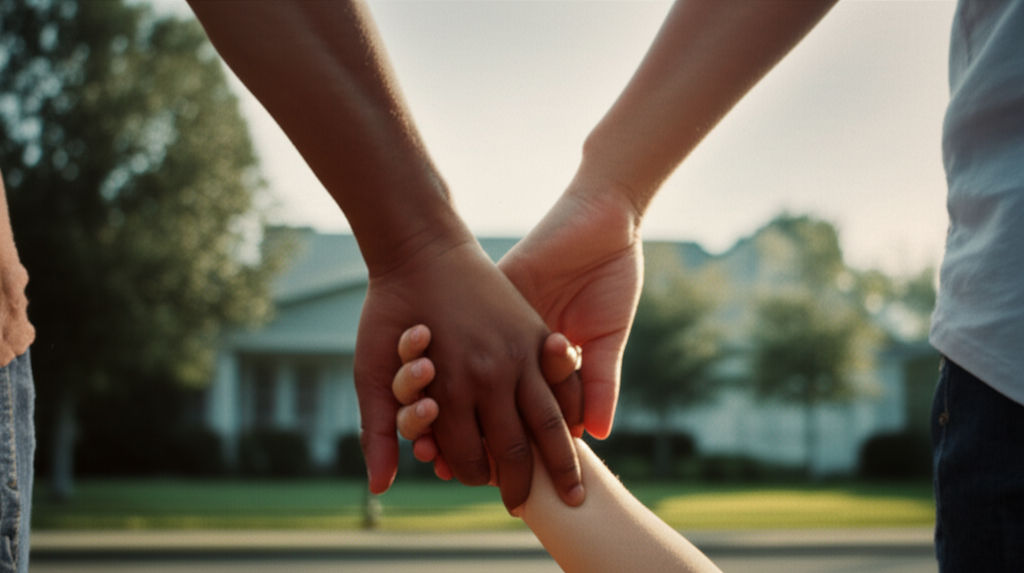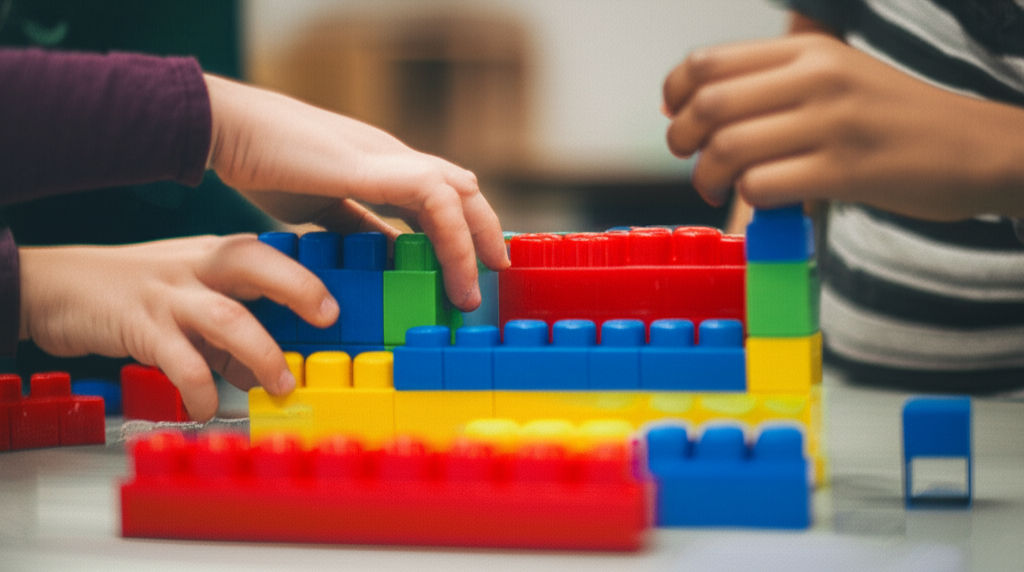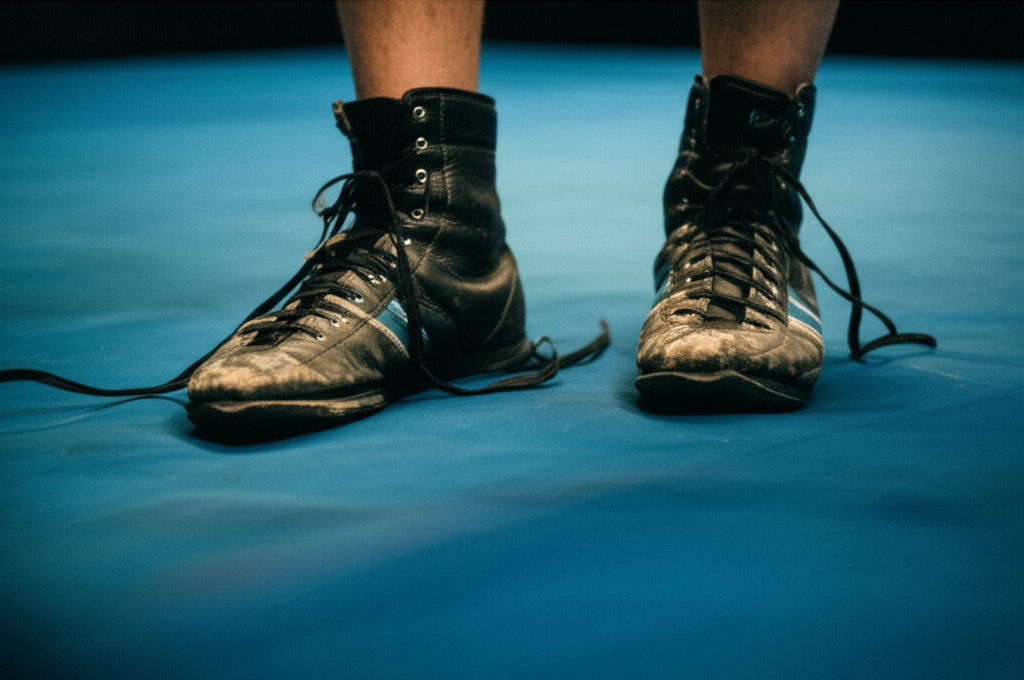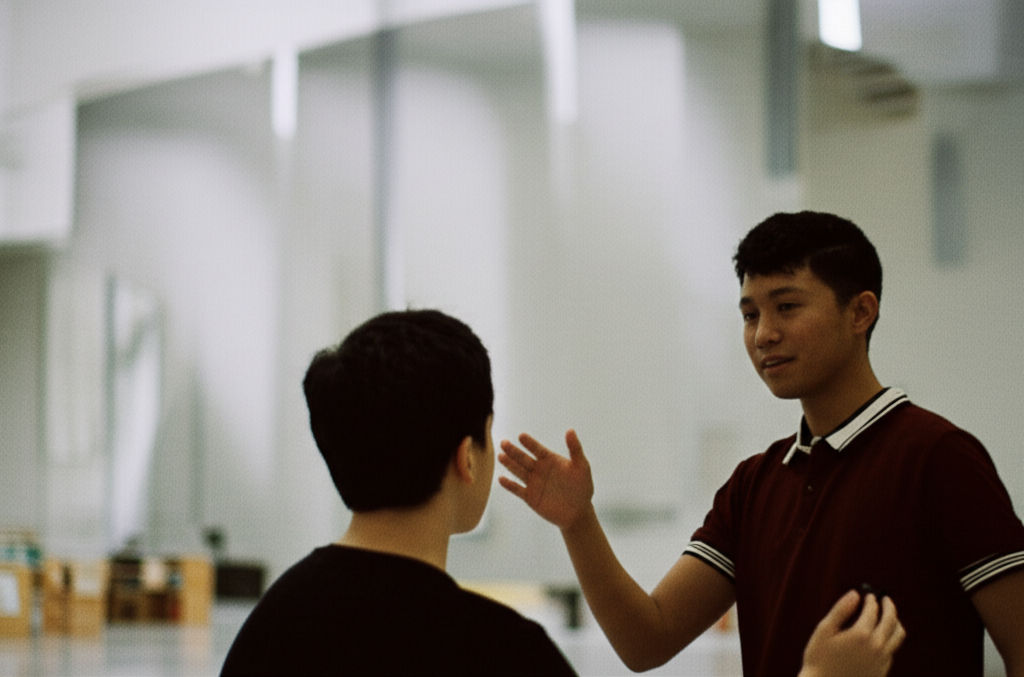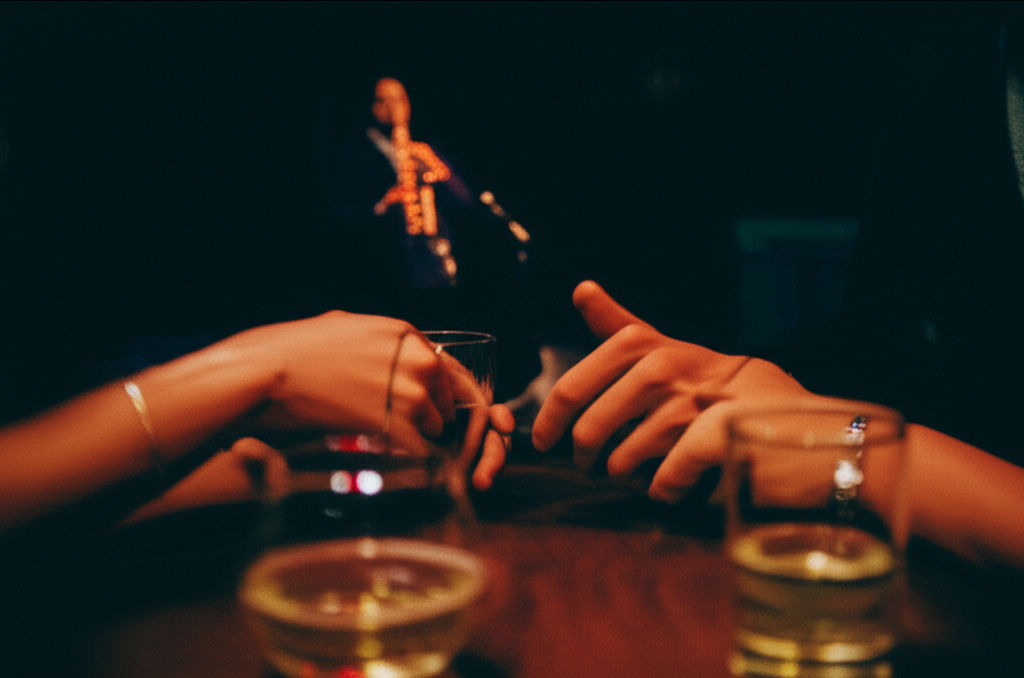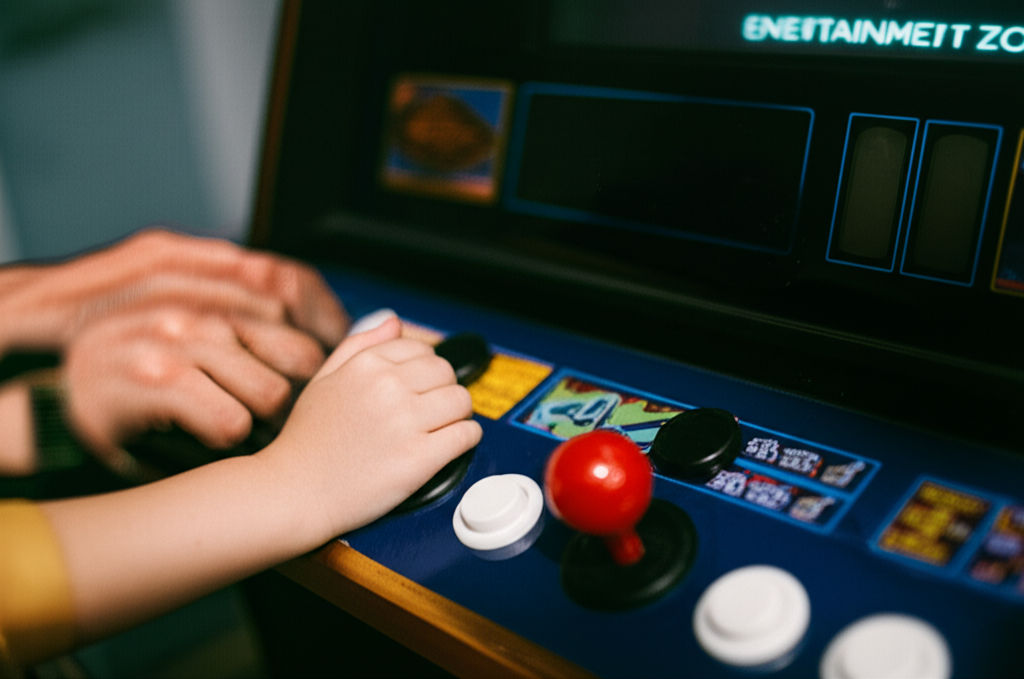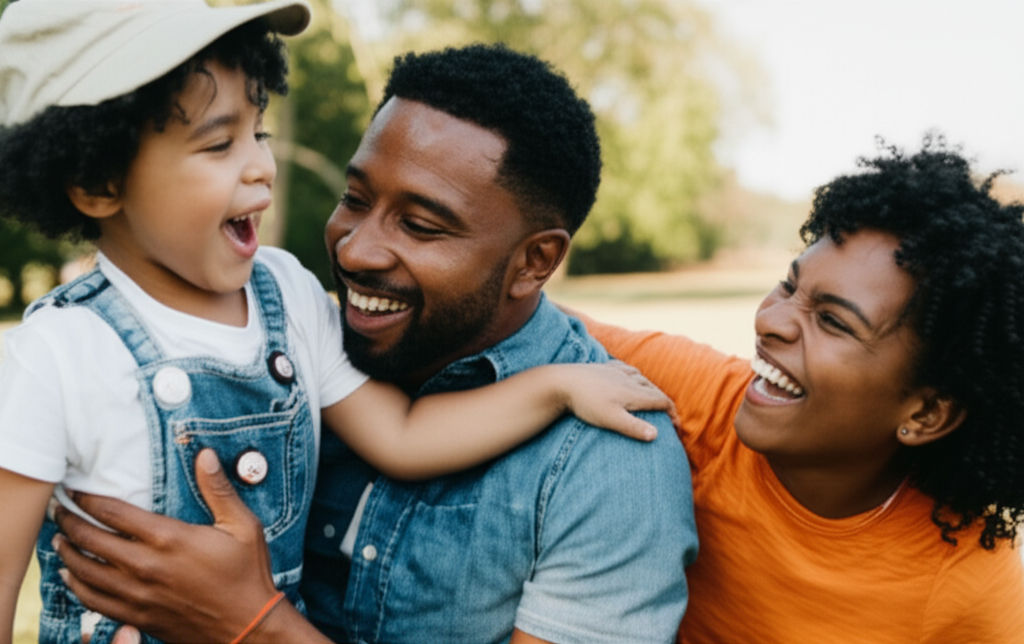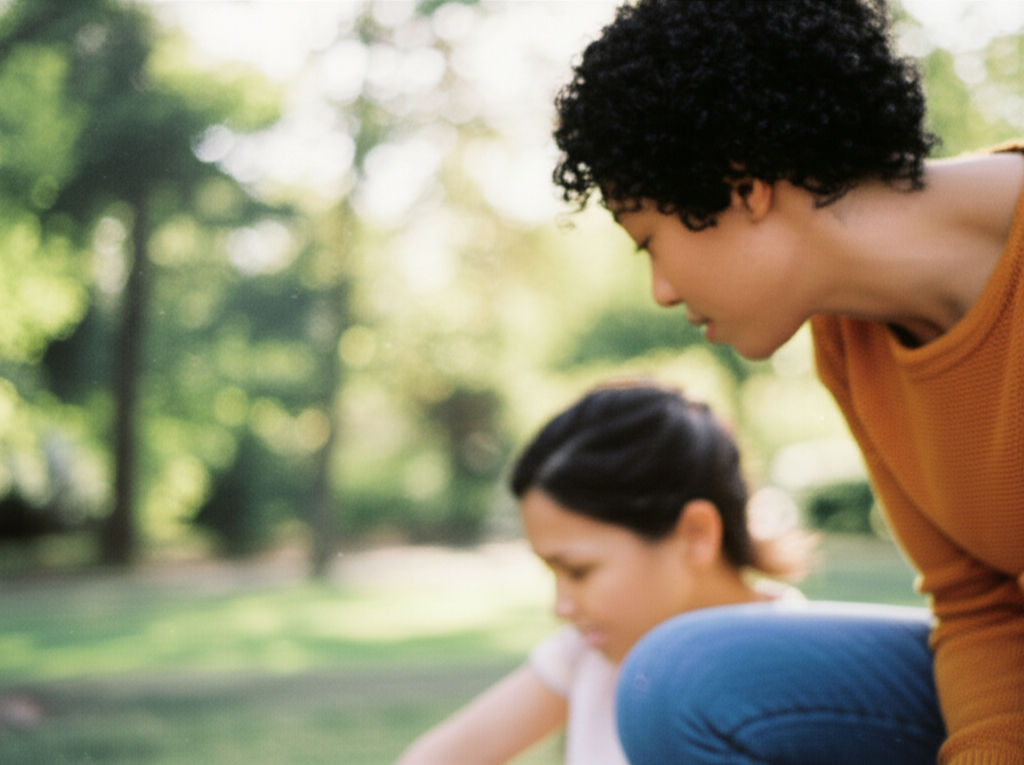Top Educational Toys for 3-Year-Olds
Ikhsan Rizki
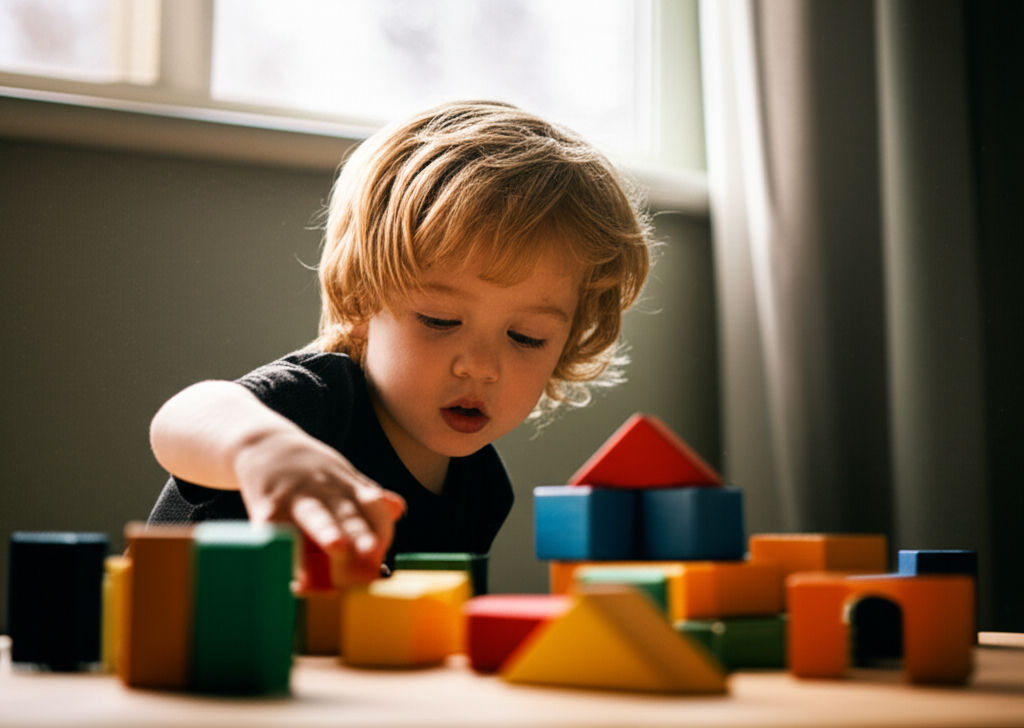
Photo: Unlock your 3-year-old's potential! Find the best educational toys that boost cognitive, motor, and social skills for crucial development.
Unlock Their Potential: Top Educational Toys for 3-Year-Olds That Foster Growth
As your little one approaches their third birthday, a remarkable transformation unfolds. They're no longer just toddlers; they're blossoming preschoolers, eager to explore, learn, and interact with the world around them. But with countless options lining toy store shelves, how do you choose toys that don't just entertain, but genuinely contribute to their development? Are you searching for the perfect blend of fun and learning to support their burgeoning skills?
This comprehensive guide is designed to help you navigate the exciting world of educational toys for 3-year-olds. We'll explore why these thoughtfully designed playthings are crucial for this developmental stage, what characteristics make a toy truly educational, and present a curated list of top picks that promise to engage their minds, bodies, and imaginations.
Why Educational Toys Are Crucial for 3-Year-Olds
At age three, children are rapidly developing across multiple domains: cognitive, physical, social, and emotional. Their brains are like sponges, absorbing information at an astonishing rate. Educational toys are more than just playthings; they are tools that facilitate this natural learning process. They provide opportunities for:
- Problem-Solving: Encouraging critical thinking as children figure out how things work or fit together.
- Fine and Gross Motor Skill Development: Refining hand-eye coordination, dexterity, balance, and strength.
- Language and Communication: Fostering vocabulary, storytelling, and social interaction through imaginative play.
- Creativity and Imagination: Providing open-ended possibilities for self-expression and innovative thinking.
- Social-Emotional Growth: Teaching sharing, cooperation, empathy, and emotional regulation through play scenarios.
Investing in the right educational toys for 3-year-olds is an investment in their future learning journey, laying a strong foundation for school readiness and lifelong curiosity.
What Makes a Toy Truly Educational?
Not all toys are created equal when it comes to learning. So, what should you look for when selecting the best learning toys for 3-year-olds?
- Age-Appropriateness: The toy should match the child's developmental stage, offering just enough challenge without being overly frustrating.
- Open-Ended Play: Toys that can be used in multiple ways stimulate creativity and imagination, rather than dictating a single play outcome. Think blocks over a single-purpose electronic gadget.
- Durability and Safety: Three-year-olds are active! Toys should withstand enthusiastic play and be free from small parts that pose choking hazards or toxic materials. Always check for safety certifications.
- Engagement Factor: The toy should capture and hold the child's interest, encouraging repeated interaction.
- Multi-Sensory Experience: Toys that engage sight, touch, sound, and even smell can provide richer learning opportunities.
- Promotes Interaction: The best educational toys often encourage interaction with others, fostering social skills.
Top Educational Toys for 3-Year-Olds: Categories and Examples
Let's dive into the types of developmental toys for preschoolers that truly shine.
Fostering Cognitive Development & Problem Solving
These toys challenge young minds to think, reason, and understand concepts.
- Puzzles: From simple knob puzzles to multi-piece jigsaw puzzles, these are fantastic for spatial reasoning, shape recognition, and problem-solving.
- Examples: Wooden animal puzzles, floor puzzles with large pieces.
- Shape Sorters & Stacking Toys: Excellent for teaching shapes, colors, size differentiation, and hand-eye coordination.
- Examples: Classic shape sorter cubes, rainbow stacking rings.
- Simple Board Games: Introduce concepts like turn-taking, counting, and following rules in a fun, low-pressure environment.
- Examples: "Candyland," "Chutes and Ladders" (simplified versions), matching games.
Enhancing Fine Motor Skills & Creativity
These toys help refine the small muscle movements in the hands and fingers, crucial for writing and self-care.
- Building Blocks (Large): Whether classic wooden blocks, LEGO Duplo, or magnetic tiles (Magna-Tiles), these promote creativity, spatial awareness, and fine motor control.
- Examples: Large wooden building blocks, LEGO Duplo sets, Magna-Tiles.
- Playdough & Clay: A timeless classic for strengthening hand muscles, encouraging imaginative sculpting, and sensory exploration.
- Examples: Play-Doh sets with tools, non-toxic modeling clay.
- Art Supplies: Jumbo crayons, washable markers, chunky paintbrushes, and large paper encourage self-expression and pre-writing skills.
- Examples: Washable finger paints, chunky sidewalk chalk, large drawing pads.
Boosting Gross Motor Skills & Active Play
While often overlooked in "educational" lists, toys that encourage physical activity are vital for overall development, coordination, and energy release.
- Tricycles & Balance Bikes: Build leg strength, coordination, and balance, preparing them for two-wheeled bikes.
- Examples: Sturdy tricycles with push handles, balance bikes.
- Tunnels & Pop-Up Tents: Encourage crawling, climbing, and imaginative play, often combining physical activity with hide-and-seek fun.
- Examples: Collapsible play tunnels, themed pop-up tents.
- Outdoor Play Equipment: Swings, slides, and climbing structures at home or a local park are fantastic for developing strength, balance, and spatial awareness.
Nurturing Language & Social-Emotional Development
These toys encourage communication, role-playing, and understanding emotions.
- Pretend Play Sets: Kitchens, doctor kits, tool benches, and dollhouses spark imaginative scenarios, foster language development, and allow children to act out real-world roles.
- Examples: Toy kitchen sets with accessories, doctor's kits, puppet theaters with puppets.
- Dolls & Stuffed Animals: Provide opportunities for nurturing play, emotional expression, and developing empathy.
- Examples: Soft baby dolls, diverse stuffed animal collections.
- Storybooks: While not strictly "toys," interactive storybooks with lift-the-flaps or textures are vital for language acquisition, pre-reading skills, and fostering a love for stories.
- Examples: Picture books with engaging illustrations, board books with interactive elements.
Exploring Early STEM & Sensory Play
Introducing foundational science, technology, engineering, and math concepts, along with sensory exploration.
- Simple Science Kits: Magnifying glasses, bug viewers, or basic mixing sets can spark curiosity about the natural world.
- Examples: Kid-friendly magnifying glass, nature exploration kits.
- Sensory Bins: Filled with rice, beans, water, or sand, along with scoops, cups, and small toys, these provide rich tactile experiences and opportunities for imaginative play.
- Examples: Large plastic bin with various sensory materials, water table.
- Counting & Sorting Toys: Large beads to string, counting bears, or number puzzles introduce early math concepts.
- Examples: Large lacing beads, counting bear sets with sorting cups.
Tips for Choosing and Using Educational Toys
- Observe Your Child's Interests: The best toy is one your child will actually play with. What captivates their attention?
- Prioritize Open-Ended Play: Toys that can be used in multiple ways offer more long-term value and foster greater creativity.
- Safety First, Always: Double-check age recommendations, material safety, and construction quality.
- Rotate Toys: Keep a selection of toys accessible and rotate them every few weeks. This keeps play fresh and prevents overwhelm.
- Engage with Your Child: The most educational "toy" is often an engaged parent or caregiver. Play alongside them, ask questions, and narrate their play.
Conclusion
Choosing the top educational toys for 3-year-olds doesn't have to be overwhelming. By understanding their developmental needs and looking for toys that encourage open-ended, engaging play across various domains, you can provide your child with tools that not only entertain but also significantly contribute to their growth and learning. Remember, the goal is to foster a love for discovery and provide opportunities for them to explore their world in a fun, meaningful way.
What are some of your child's favorite educational toys that have sparked their imagination or helped them learn a new skill? Share your insights and recommendations in the comments below!
Frequently Asked Questions (FAQ)
Q1: How do I know if a toy is truly educational for a 3-year-old?
A1: A truly educational toy for a 3-year-old will engage multiple senses, encourage problem-solving, foster creativity, and allow for open-ended play rather than a single, predetermined outcome. Look for toys that promote fine or gross motor skills, language development, social-emotional understanding, or early cognitive concepts like shapes, colors, and numbers. If it sparks curiosity and imaginative play, it's likely educational.
Q2: Are screen-based educational games good for 3-year-olds?
A2: While some screen-based apps claim to be educational, experts generally recommend limiting screen time for 3-year-olds. The American Academy of Pediatrics suggests no more than one hour per day of high-quality programming for children aged 2-5, with a parent or caregiver co-viewing to help them understand what they are seeing. Hands-on, interactive play with physical toys is far more beneficial for a 3-year-old's holistic development, as it engages more senses and encourages real-world interaction.
Q3: How many educational toys does a 3-year-old need?
A3: Quality over quantity is key. A 3-year-old doesn't need an overwhelming number of toys. A curated selection of 10-15 versatile, open-ended educational toys that encourage different types of play (e.g., building, imaginative, fine motor, gross motor) is often more beneficial than a room full of single-purpose items. Rotating toys can also keep interest high without needing to constantly buy new ones.
Q4: What's the difference between an educational toy and a regular toy for a 3-year-old?
A4: The primary difference lies in their purpose and design. A "regular" toy might primarily offer entertainment (e.g., a simple doll with no accessories, a car that just rolls). An "educational" toy, while also entertaining, is specifically designed to stimulate cognitive, physical, social, or emotional development. It often encourages active participation, problem-solving, creativity, or skill-building, rather than just passive observation or simple repetition.
Business
View All
August 30, 2025
Cast of Mind Your Business Show TodayDiscover the stars of Bounce TV's "Mind Your Business"! Get to know the cast behind the laughs in this hit family comedy series.
Ikhsan Rizki

November 14, 2025
When to Hire a Business Litigation LawyerFacing business disputes? Discover when to hire a business litigation lawyer to safeguard your company's stability, reputation, and finances.
Ikhsan Rizki
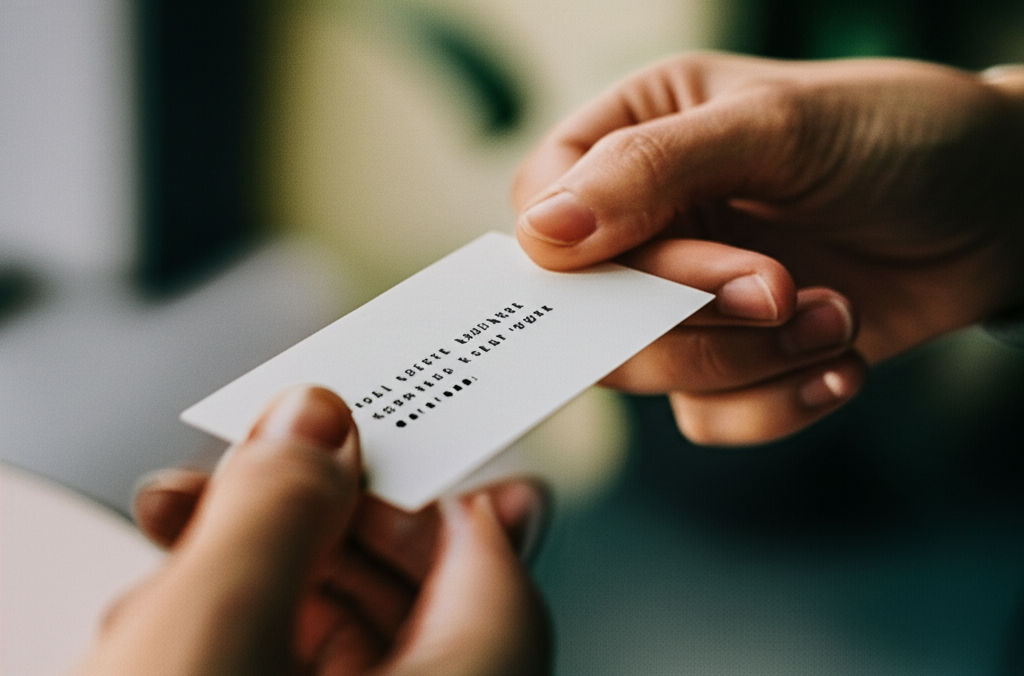
October 13, 2025
Real Estate Business Cards That WorkReal estate business cards still work! Learn to create powerful cards that stand out, make connections & boost your real estate business.
Ikhsan Rizki

September 17, 2025
BA A380 Business Class Flight ReviewConsidering BA A380 Business Class? This review covers everything from lounges to seat comfort, helping you decide if Club World delivers a premium flight.
Ikhsan Rizki

September 14, 2025
What Is a Firm in Business TermsConfused by "firm" in business? This article clarifies what a firm is, its types, and how it differs from a company. Master this key term!
Ikhsan Rizki

October 2, 2025
Utah SOS Business Search HelpUnlock crucial business info in Utah! Learn how to use the Utah SOS Business Search for name availability, due diligence, status checks & more.
Ikhsan Rizki
Economy
View AllIs Singapore Airlines Premium Economy worth the upgrade? Dive into the real experience, from priority perks to seat comfort, and decide for your next journey.
Ikhsan Rizki
Is the Chevy Colorado fuel-efficient? Get 2023-2025 MPG ratings, real-world factors, and tips to maximize gas mileage. Make a smart truck choice.
Ikhsan Rizki
Save big on Las Vegas Airport parking! This guide covers LAS economy parking, locations, rates & shuttles for a stress-free, budget-friendly trip.
Ikhsan Rizki
Discover the profound economic impact of the Baby Boomers. Learn how this massive generation shaped consumer trends, labor, and today's economy.
Ikhsan Rizki
Dreaming of Daytona Beach on a budget? The Atlantic Economy Inn offers affordable stays steps from the beach with a pool & free WiFi. Your savvy guide!
Ikhsan Rizki
What is the Low Altitude Economy? Explore this new frontier where drones & air taxis revolutionize delivery, travel, and more above us.
Ikhsan Rizki
Education
View AllSeeking top PreK-8 education? Forest Lake Education Center (FLEC) offers academic excellence, Christian values & holistic growth.
Read MoreNavigate Nicholas County Board of Education updates easily! This guide empowers parents, students & the community to stay informed, advocate, and engage for sch...
Read MoreUnlock your potential in pharmacy! Discover Pharmacy Times CE, your accredited guide to staying current, meeting licensure, and enhancing your practice.
Read MoreUnlock your healthcare career with Mercy Hospital's diverse education programs. From foundational training to advanced residencies, find your path to success.
Read MoreConsidering a pharmacy career? Learn the exact educational journey, from prerequisite courses to the Pharm.D. degree, to become a vital healthcare expert.
Read MoreUnlock the potential of specialized learning at North Education Center. This guide explores tailored programs and a nurturing environment for unique student nee...
Read MoreHealth
View All
November 26, 2025
What Harris Health Smith Clinic OffersSeeking comprehensive healthcare in Houston? Harris Health Smith Clinic provides accessible primary care, specialty access, and patient-centered wellness.
Ikhsan Rizki

September 1, 2025
Start Your Career at Denver HealthYour guide to a fulfilling healthcare career at Denver Health. Discover diverse opportunities, benefits, and how to apply to a leading system.
Ikhsan Rizki

August 22, 2025
Careers at Cone Health Right NowExplore careers at Cone Health! Discover a supportive culture, great benefits, and make a real impact in healthcare. Join a Great Place to Work®.
Ikhsan Rizki
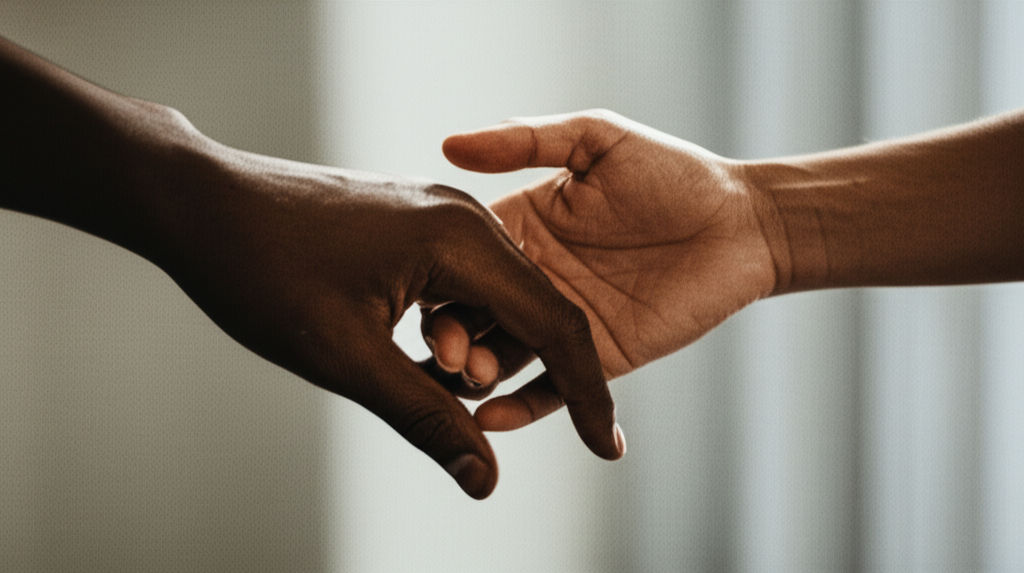
November 5, 2025
Orlando Health Patient Portal InfoTake control of your health! Discover the Orlando Health Patient Portal (MyChart) for easy access to records, appointments & secure messaging.
Ikhsan Rizki
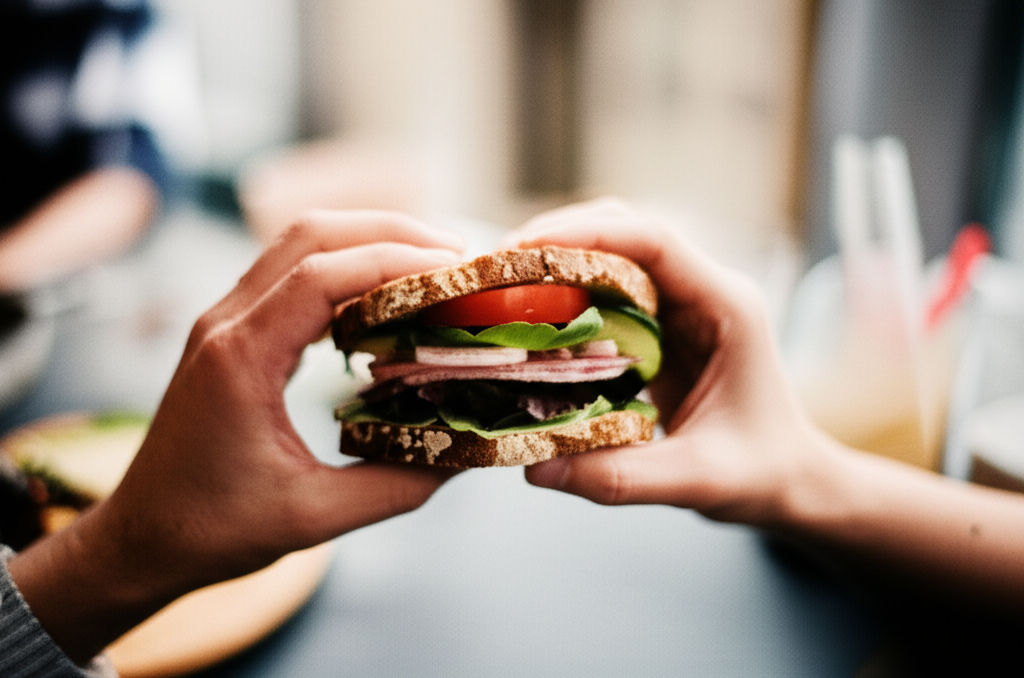
August 9, 2025
In Good Health Sandwich Menu PicksTransform your sandwich into a healthy meal! Learn smart choices for bread, lean protein, and veggies to fuel your body without guilt.
Ikhsan Rizki

November 7, 2025
Primary Health Medical Group Near YouSimplify finding your ideal Primary Health Medical Group. Our guide helps you choose a trusted healthcare partner for comprehensive, long-term well-being.
Ikhsan Rizki
Popular Articles
View All
1
2
3
4
5
6
7
8
9
10
Lifestyle
View All
November 12, 2025
What is lifestyle RP and who plays it
Live a second life! Explore Lifestyle RP, an immersive digital world of realistic characters, social interaction, and unique storytelling. Get started here.

October 28, 2025
What a Lifestyle Lift Really Costs
Considering a mini facelift? Learn the *true* cost beyond the sticker price. Understand all factors for an informed decision on your rejuvenated look.
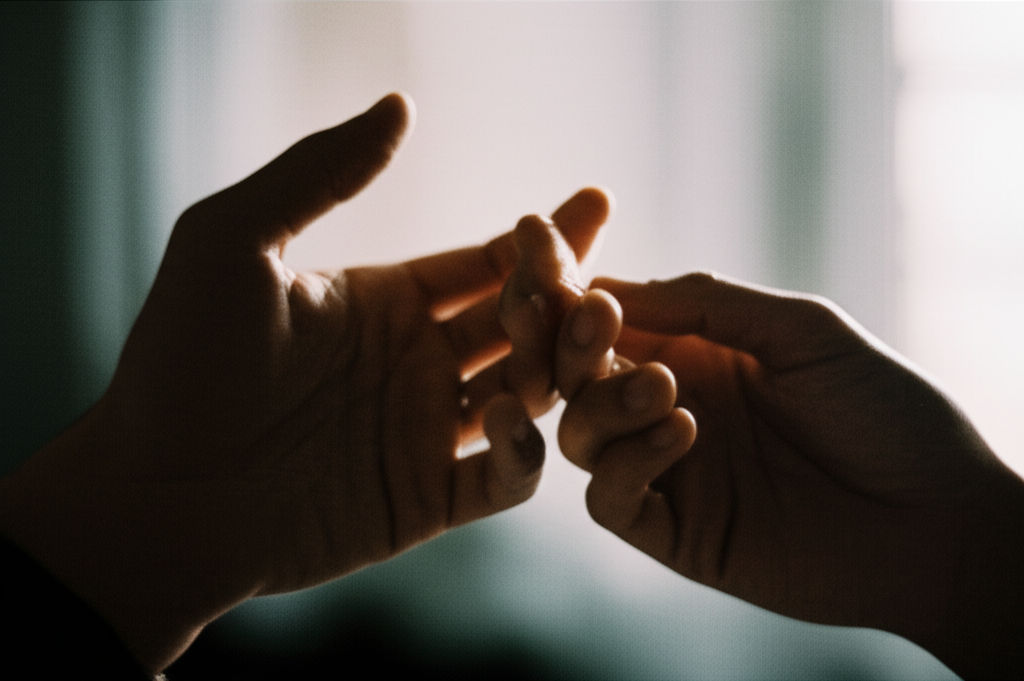
September 9, 2025
Skyn Condom Size Guide From Lifestyles
Unlock comfort & safety! Our Skyn condom size guide helps you find your perfect fit for enhanced pleasure and peace of mind. Non-latex options too.
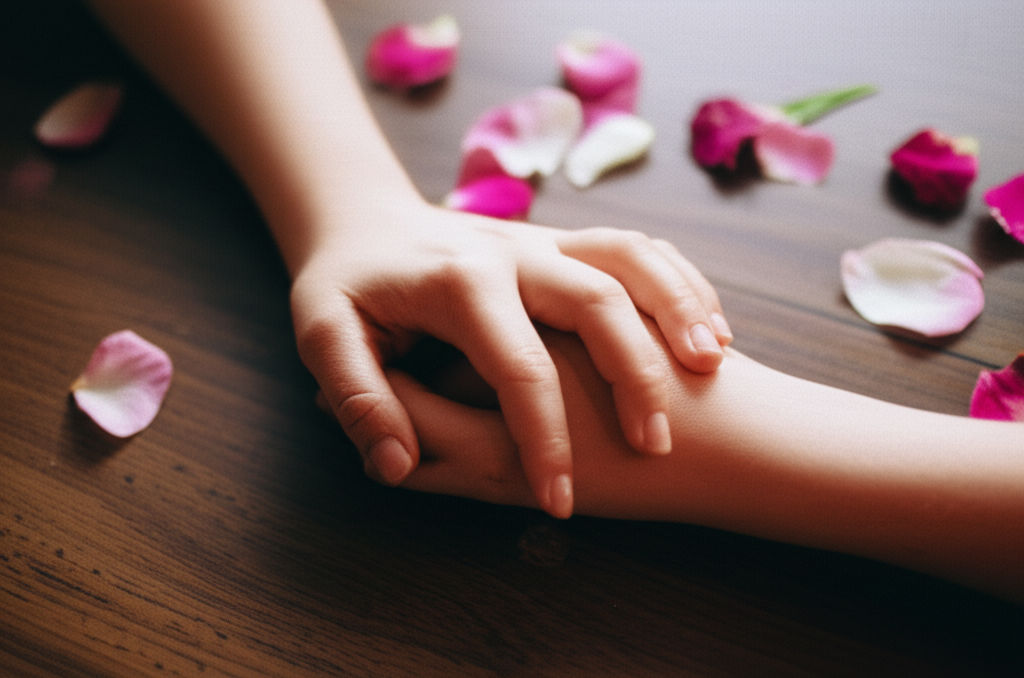
August 5, 2025
Beauty and skincare lifestyle tips that work
Unlock radiant skin! Discover proven beauty & skincare lifestyle tips that work from the inside out. Cut through the noise for a natural glow.

November 20, 2025
Best Medical Fields for Lifestyle
Achieve work-life balance in medicine! This guide reveals top medical fields with predictable hours, fewer emergencies, and lower stress for a fulfilling career...

September 20, 2025
Why Barefoot Lifestyle Is Gaining Fans
Reconnect with your natural foundation. Explore the science behind why barefoot living improves foot strength, balance, and overall health.

August 18, 2025
Inside Soul Lifestyle Apartments
Soul Lifestyle Apartments: Redefine urban living with top amenities, vibrant community, and unmatched convenience. Find your ideal modern home.
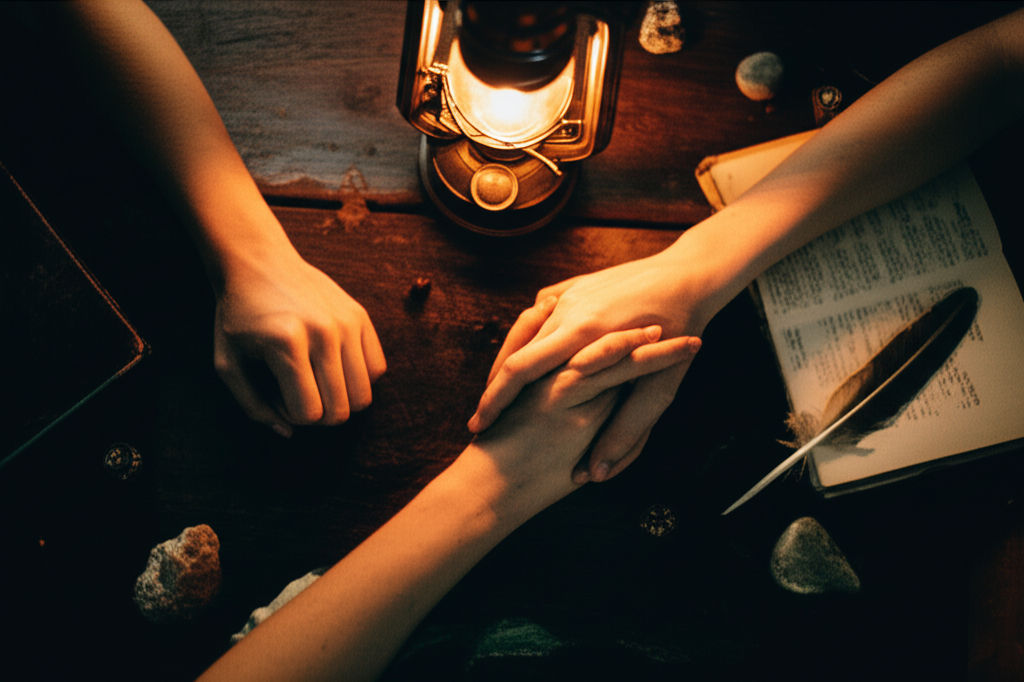
August 9, 2025
DnD Lifestyle Ideas to Try
Level up your reality! Discover practical, fun ways to infuse your everyday life with D&D magic, from home decor to fashion. Embrace the adventure!
Sports
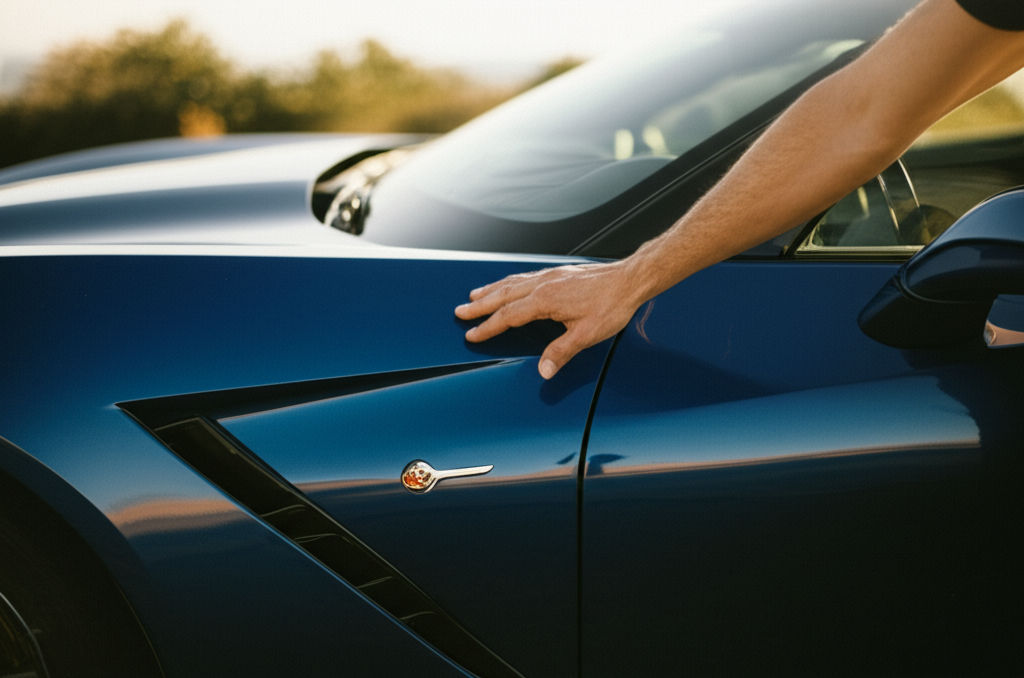
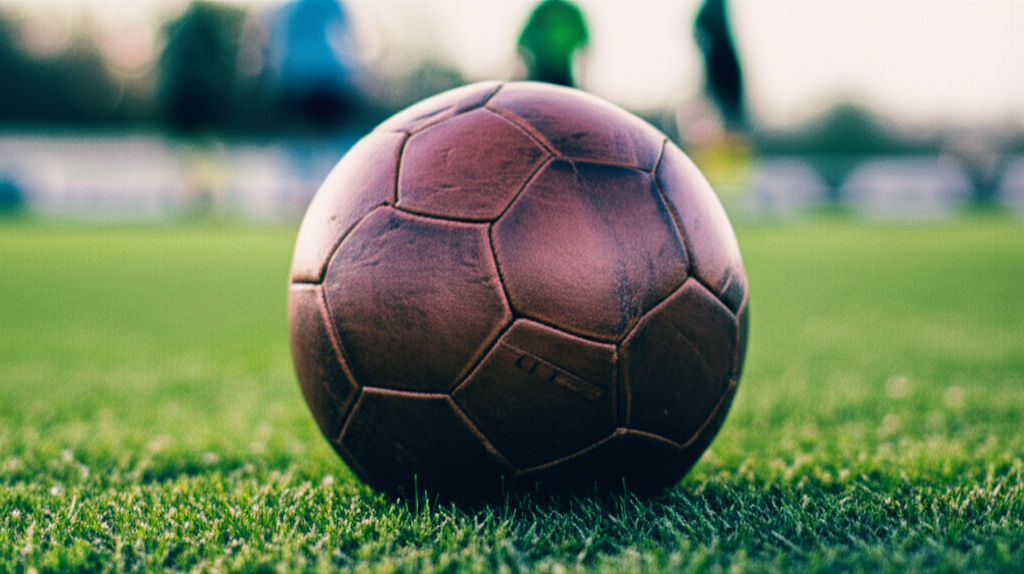
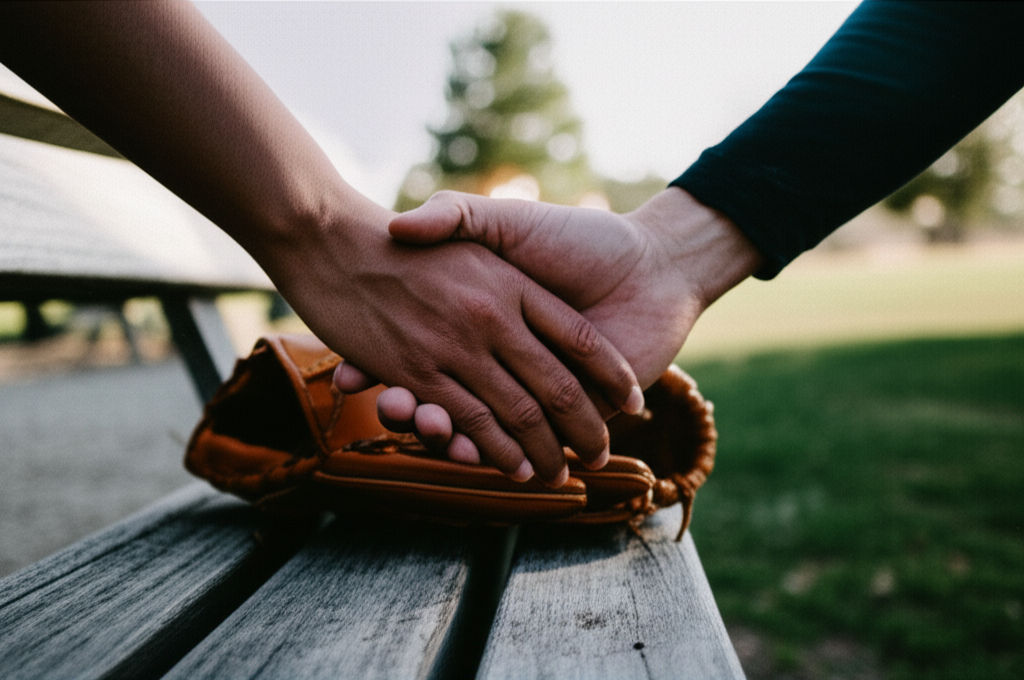

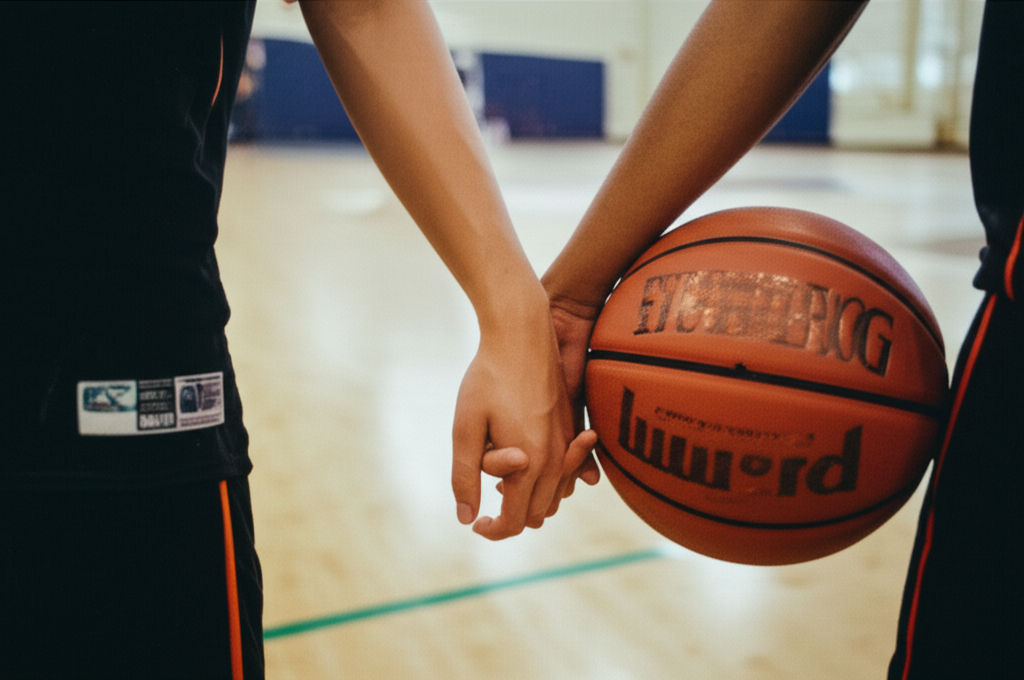
Travel
View All
November 19, 2025
Where to Travel in August Top Destinations
Where to Travel in August: Your Ultimate Guide to Top Destinations August often presents a unique travel dilemma. On one hand, it's peak summer for many, brimmi...

November 13, 2025
RDR2 fast travel tips and tricks
Tired of long rides in RDR2? Unlock all fast travel methods, from camp upgrades to stagecoaches, and save time exploring the Wild West!

August 22, 2025
Belgium Strikes Affecting Air Travel
Belgian strikes impacting air travel? Discover why & how to navigate disruptions, cancellations, and delays to protect your travel plans.

September 23, 2025
Filling Out a Constructed Travel Worksheet
Unlock stress-free travel! Learn to build a powerful constructed travel worksheet to organize bookings, budgets, and itineraries for seamless adventures.

September 3, 2025
French Rail Strike Travel Advice
Don't let French rail strikes derail your travel plans! Get expert advice to confidently navigate disruptions, stay informed, and enjoy your journey.

August 24, 2025
Breathtaking Travel Destinations Greece
Explore Greece's top travel destinations! From iconic islands like Santorini to majestic mainland sites, discover ancient history, beaches & culture.

